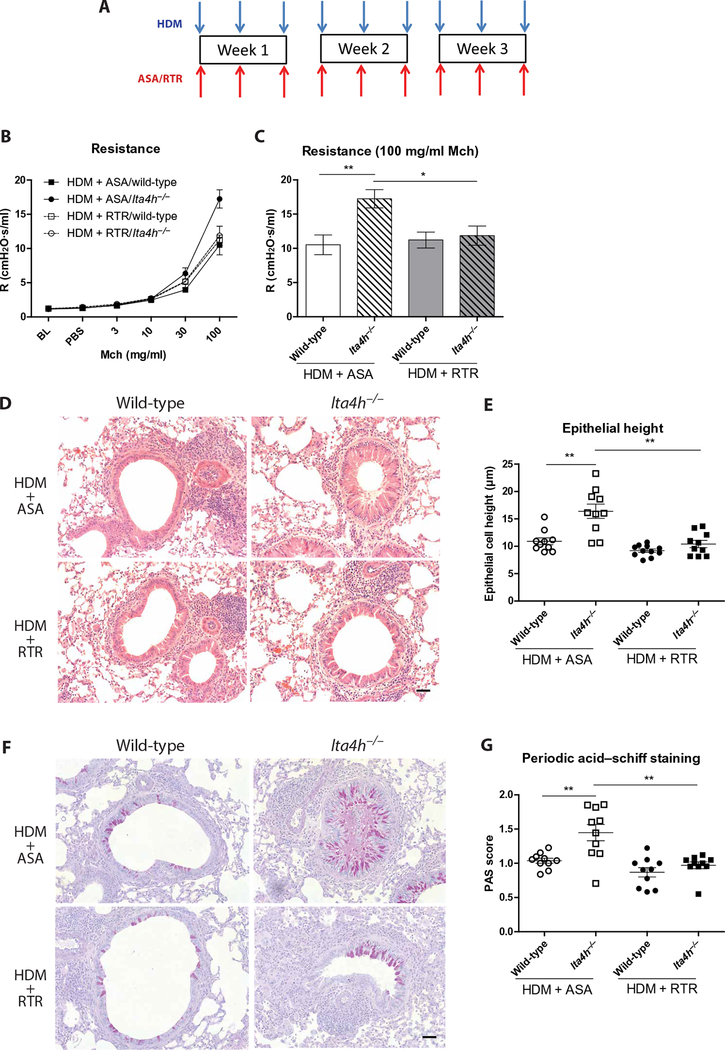Fig. 5. PGP neutralization attenuates the heightened airway resistance and epithelial remodeling observed in HDM-exposed lta4h−/− mice.
(A) Wild-type and lta4h−/− mice were administered HDM intranasally three times per week for 3 weeks. Mice were concomitantly administered PGP antagonist, RTR, or control peptide, ASA. (B) Airway resistance to increasing doses of methacholine was measured 24 hours after the final HDM exposure. (C) Airway resistance at 100 mg/ml methacholine. (D) Representative H&E-stained lung sections from wild-type and lta4h−/− mice administered HDM with either RTR or ASA. (E) Epithelial cell height around medium-sized conducting airways was assessed from H&E-stained lung sections. Data presented are an average per mouse. (F) Representative PAS-stained lung sections from wild-type and lta4h−/− mice administered HDM with either RTR or ASA. (G) Goblet cells were scored from PAS-stained sections. The sum of airway scores from each lung was divided by the number of airways examined and expressed as mucus cell score in arbitrary units. Figures present combined data from two independent experiments with five mice per group in each experiment. Results depicted as means ± SEM. *P < 0.05, **P < 0.01, using Mann-Whitney statistical test. Scale bars, 20 μm.

